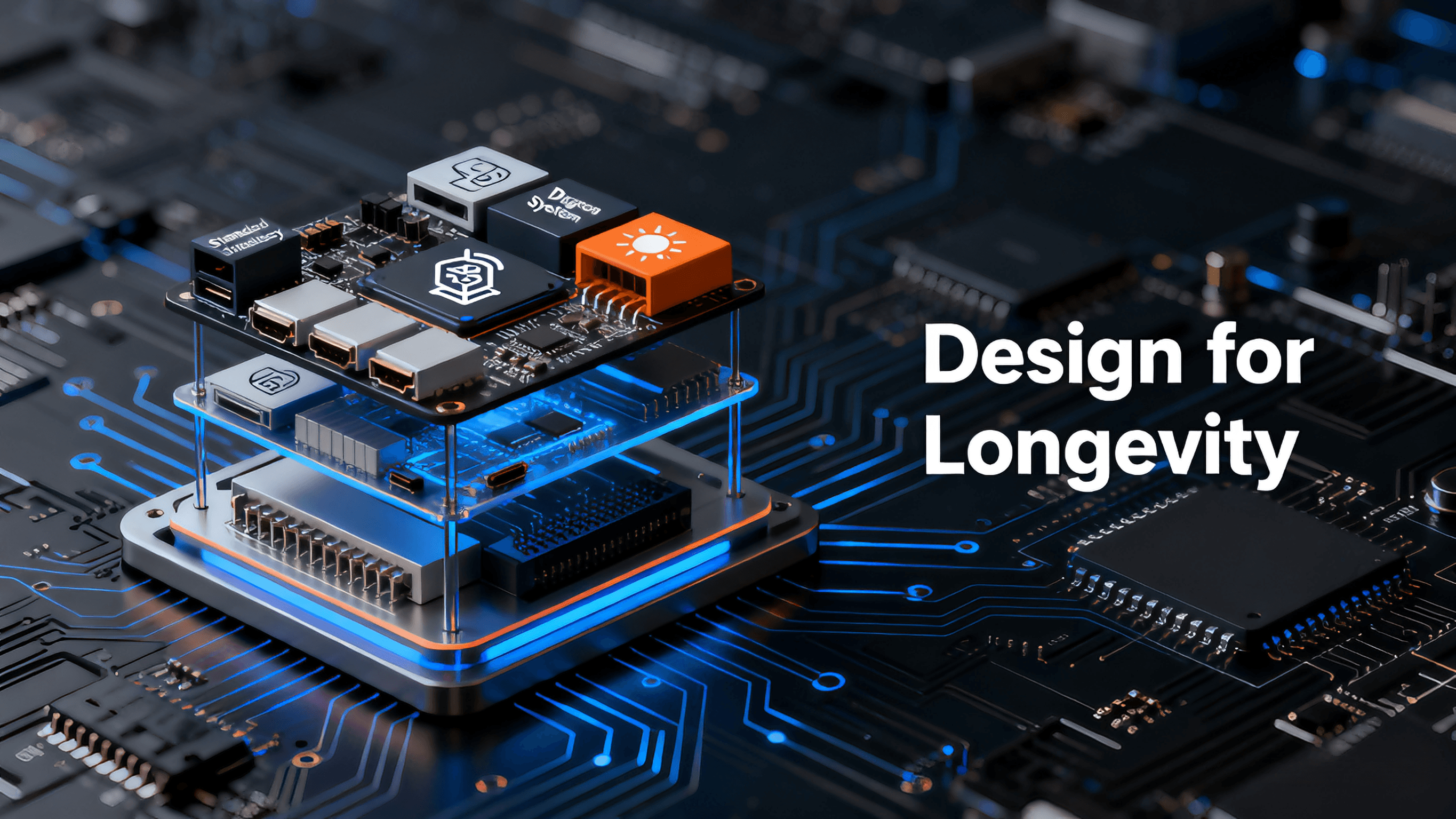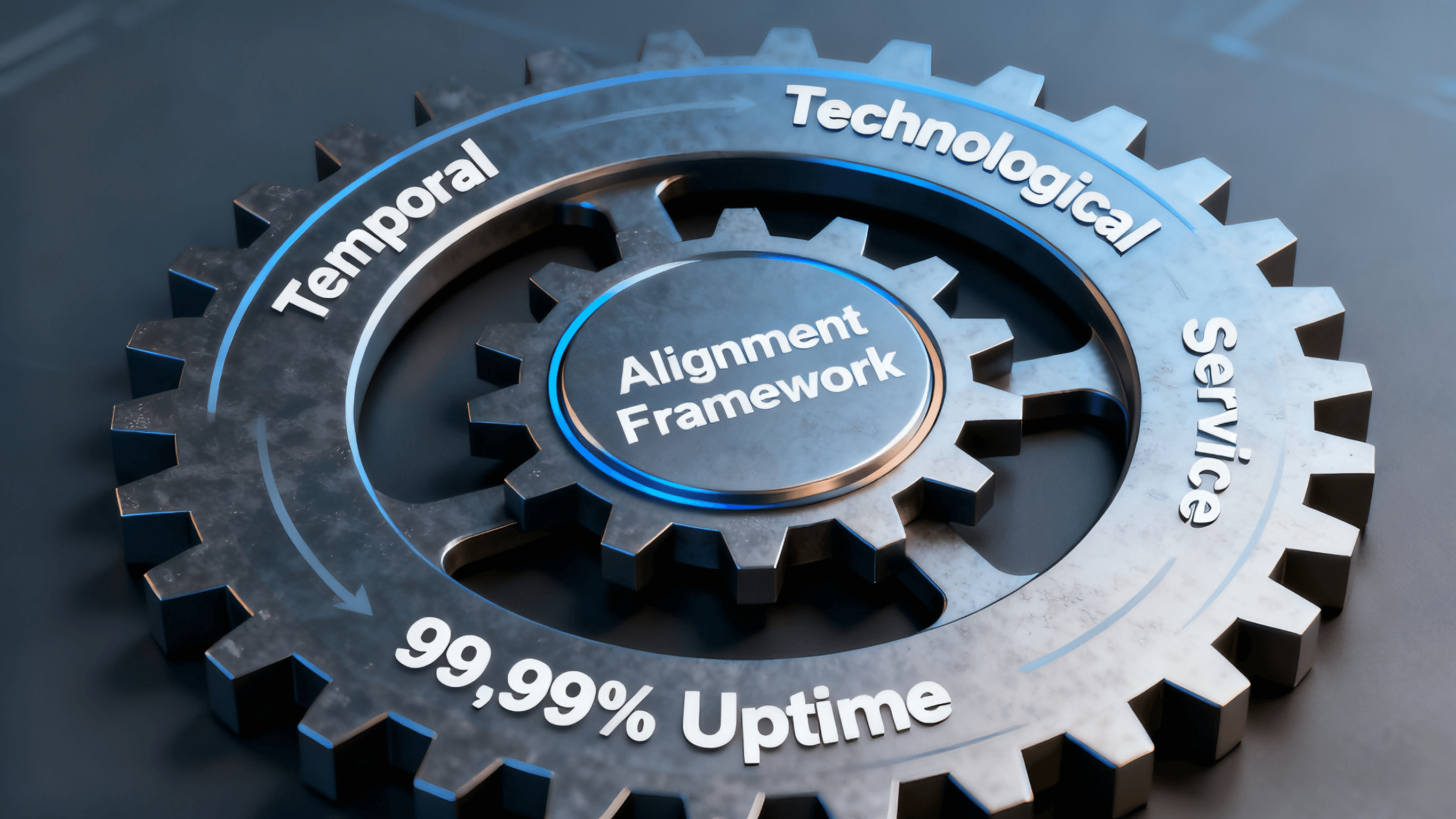Long-term hardware support represents a critical competitive advantage for OEMs across medical, industrial, automotive, and enterprise technology sectors. Organizations that implement comprehensive long-term support strategies achieve 40% lower total cost of ownership and 99.5% reduction in supply chain disruptions. This definitive guide examines proven methodologies for securing decade-plus hardware support while mitigating obsolescence risks.
The Long-Term Support Imperative
Original Equipment Manufacturers face unprecedented challenges in maintaining product viability throughout typical 7-15 year lifecycles. Research demonstrates that 68% of OEMs experience significant revenue impact due to premature component obsolescence, while 52% face regulatory compliance issues from unsupported hardware.
Comprehensive Long-Term Support Framework
1. Strategic Component Selection and Qualification
Supplier Vetting and Qualification
Establish multi-tier supplier evaluation criteria focusing on financial stability and long-term roadmap alignment
Require transparent product lifecycle documentation and discontinuation policies
Verify manufacturing process controls and quality management systems (ISO 9001, IATF 16949)
Assess global support capabilities and regional service coverage
Component Lifecycle Assessment
Analyze historical product longevity across supplier portfolios
Evaluate component technology maturity and refresh cycles
Identify single-source and end-of-life components during design phase
Establish approved manufacturer lists with lifecycle requirements

2. Design for Longevity and Serviceability
Modular Architecture Principles
Implement standardized interfaces and form factors
Design for field-replaceable components and future upgrades
Incorporate configuration management and version control
Establish clear compatibility matrices and migration paths
Serviceability Engineering
Enable component-level repair and replacement
Design comprehensive diagnostic capabilities and service interfaces
Create detailed service documentation and repair procedures
Implement remote monitoring and predictive maintenance features
3. Supply Chain Resilience Planning
Inventory and Obsolescence Management
Establish strategic buffer inventory for critical components
Implement lifetime buy calculations and economic order quantities
Develop component substitution and redesign strategies
Create obsolescence monitoring and early warning systems
Multi-Source and Alternative Sourcing
Qualify secondary sources for critical components
Develop form-fit-function replacement strategies
Maintain design flexibility for component substitutions
Establish supplier performance scorecards and improvement plans
4. Long-Term Technical Support Infrastructure
Sustaining Engineering Programs
Maintain dedicated engineering resources for legacy products
Establish comprehensive technical documentation repositories
Implement change control and configuration management processes
Develop field update and retrofit kits for design improvements
Service Ecosystem Development
Create multi-level certification programs for service partners
Establish global spare parts distribution and reverse logistics
Implement advanced replacement and repair services
Develop training programs and knowledge transfer systems
Quantifiable Benefits and Industry Evidence
Medical Device OEM Case Study
A leading medical imaging equipment manufacturer implemented this framework, achieving:
15-year continuous product support across 3 hardware generations
99.7% service level agreement compliance globally
44% reduction in service costs through improved design
Zero regulatory compliance incidents from component changes

Industrial Automation Implementation
A global industrial control systems provider documented:
12-year guaranteed component availability for all products
78% reduction in obsolescence-related redesigns
91% first-time fix rate through improved serviceability
35% lower total cost of ownership across product lifecycle
Implementation Roadmap
Phase 1: Foundation (Months 1-6)
Conduct comprehensive current-state assessment
Establish cross-functional governance structure
Develop supplier evaluation and selection criteria
Create initial lifecycle management policies
Phase 2: Development (Months 7-18)
Implement design for serviceability guidelines
Establish supplier management processes
Develop inventory and obsolescence management systems
Create service documentation standards
Phase 3: Optimization (Months 19-36)
Deploy advanced monitoring and analytics
Refine processes based on performance data
Expand service partner ecosystem
Implement continuous improvement programs
Critical Success Factors
Executive Sponsorship and Cross-Functional Alignment Secure commitment from engineering, supply chain, service, and finance leadership with clearly defined accountability and shared metrics.
Data-Driven Decision Making Implement comprehensive lifecycle analytics tracking component reliability, service demand patterns, and cost drivers across product portfolios.
Supplier Relationship Management Develop strategic partnerships rather than transactional relationships, with joint planning and transparent information sharing.
Continuous Process Improvement Establish regular review cycles and feedback mechanisms to refine support strategies based on field performance and changing requirements.
Emerging Trends and Future Considerations
Digital Transformation Impact
Adoption of AI-driven predictive maintenance and parts forecasting
Implementation of digital twin technology for service optimization
Blockchain-enabled component tracking and authentication
IoT-based remote monitoring and proactive support
Regulatory and Sustainability Developments
Increasing product stewardship and extended producer responsibility requirements
Growing emphasis on circular economy and component reuse
Evolving cybersecurity and data privacy regulations
Sustainability reporting and environmental compliance mandates
Measuring Program Effectiveness
Key performance indicators should include:
Component availability rates and lead time performance
Mean time between failures and reliability metrics
Service cost as percentage of revenue
Customer satisfaction and Net Promoter Scores
Obsolescence-related costs and redesign frequency
Getting Started: Immediate Actions
Conduct Component Criticality Assessment Identify single-source, long-leadtime, and obsolete components in current products.
Evaluate Current Support Capabilities Assess existing processes, resources, and systems against industry best practices.
Develop Business Case Quantify current costs and potential benefits to secure organizational commitment.
Establish Pilot Program Select one product line or business unit for initial implementation.
Contact: Tom
Phone: +86 18933248858
E-mail: tom@angxunmb.com
Whatsapp:+86 18933248858
Add: Floor 301 401 501, Building 3, Huaguan Industrial Park,No. 63, Zhangqi Road, Guixiang Community, Guanlan Street,Shenzhen,Guangdong,China
We chat
